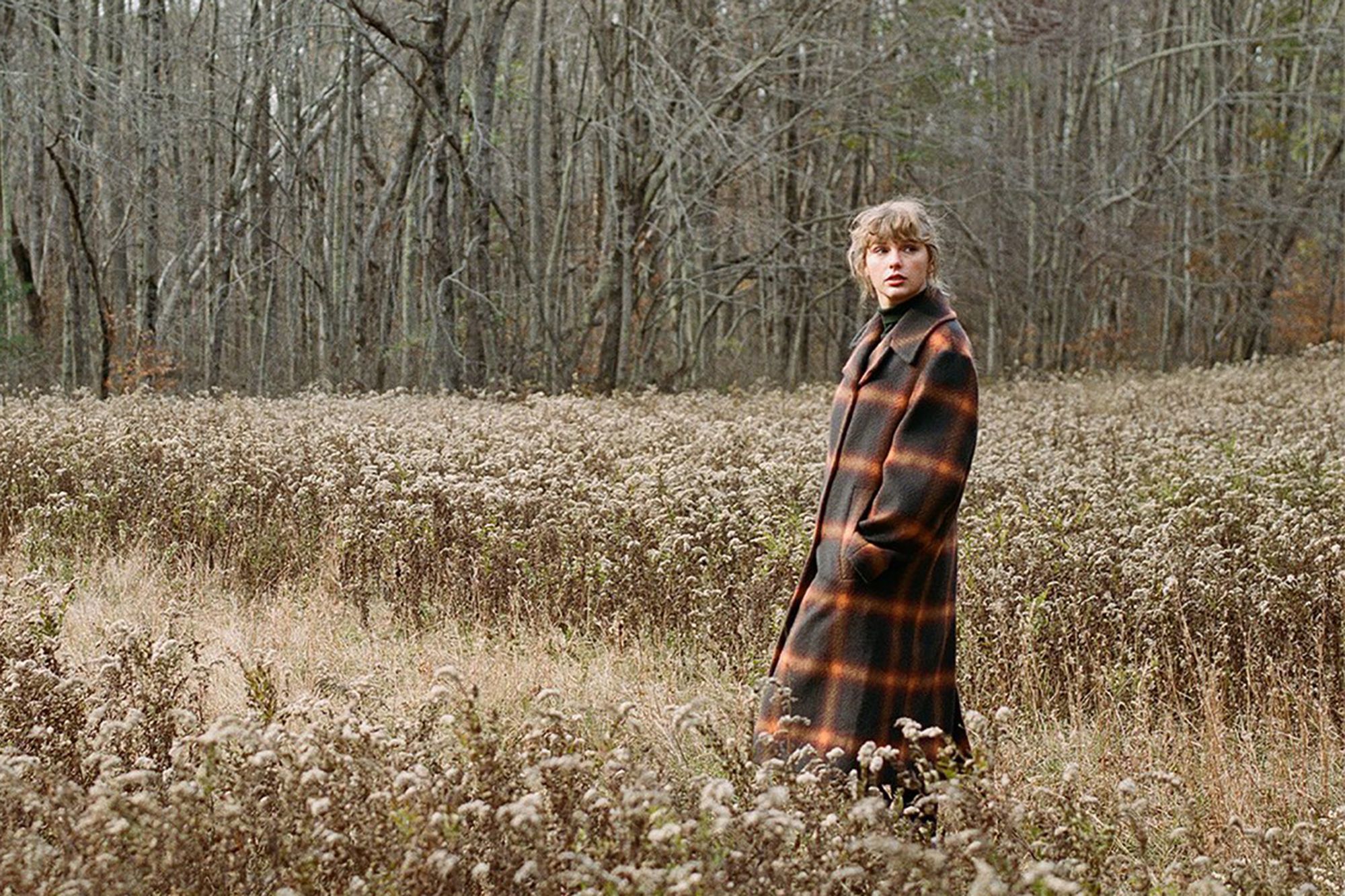Table of Contents Show
Ever since Taylor Swift dropped her second surprise album of 2020 Evermore a month ago, I’ve had it on repeat. Despite the hardships of this year, I have to admit it is a great time to be a Swiftie. The past few months, we’ve celebrated the release of two entirely new albums, Folklore, and most recently, Evermore, as well as countless other content like live performances, music videos, a Disney+ special, and a documentary. Many of the new songs on Evermore have quickly made it onto my list of favorites.
With so much new content, I recently sat down to update my T.S. “Tier List,” in which I have a ranking system for her entire body of work. Because of the closeness between the release dates of Evermore and Folklore, some fans feared after the Evermore announcement that releasing too much too soon would be a mistake. Yet, the critics came to rave — perhaps more than ever before — of the album’s evident maturity and genius. While most Swifties were quick to adopt the new album into the canon, others continued to lament that they miss “the old Taylor.”
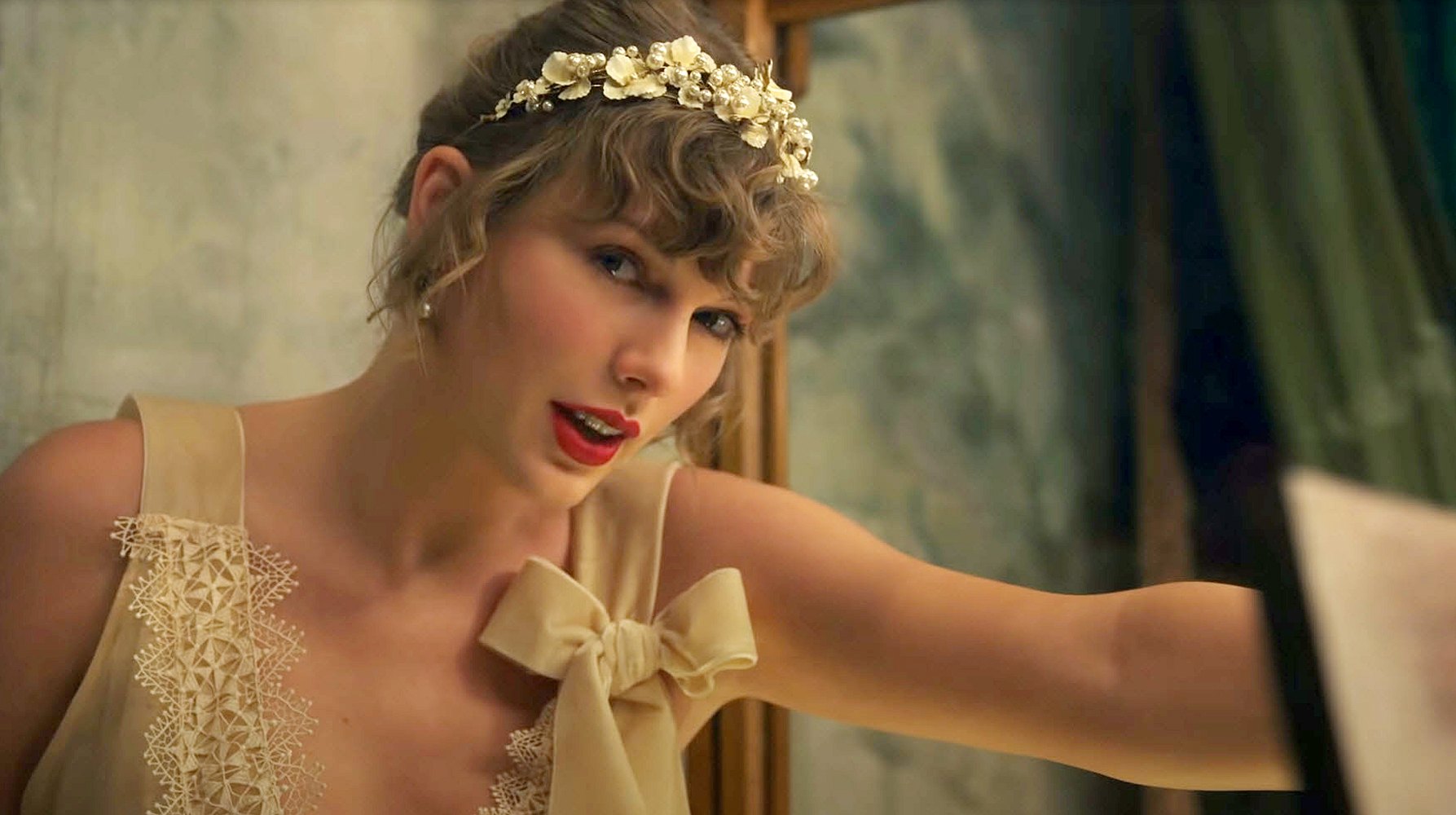
Since the early days, I’ve been a Taylor Swift fan and often wonder how, despite navigating so many reinventions and genre switches, her work continues to captivate and excite me. I have my favorites, though, just like all Swifties do, and I know it can be hard to constantly find more room in your heart for more amazing songs and to keep up with Taylor! She’s always planning something, but I think it’s clear with her most recent work that she can create spontaneously and quickly just as well.
The freshness and easy genre-bending on Evermore and Folklore demonstrate another shift in her style. Yet, the nods to her country roots on this new album bring the development of her sound almost full circle, causing me to question how her latest, greatest, and objectively most critically successful work on Folklore and Evermore compares to the rest, lyrically and sonically.
The Era Of The Sister Albums
“I was dancing when the music stopped. And in the disbelief, I can’t face reinvention.”
Evermore‘s “Happiness”
Swift’s new album drops are near-synonymous with a new era. Aesthetic changes, music styling evolutions, and thematic switches are components of an era change, as well as each album’s overall tone. Although this constant evolution is exciting for fans and has kept Swift relevant and in the spotlight for over a decade, it also can be risky and stressful for the artist.
Taylor discusses this in her recent documentary Miss Americana. She says, “Everyone is a shiny new toy for like two years. The female artists have reinvented themselves 20 times more than the male artists. They have to, or else you’re out of a job. Constantly having to reinvent, constantly finding new facets of yourself that people find to be shiny.” (( Wilson, Lana. 2020. Miss Americana. Netflix. )) As a fan, I’ve always assumed these changes were the product of Taylor’s creative whims, but knowing how they are also borne out of necessity gives me a whole new respect for her. She makes it look and sound seamless.
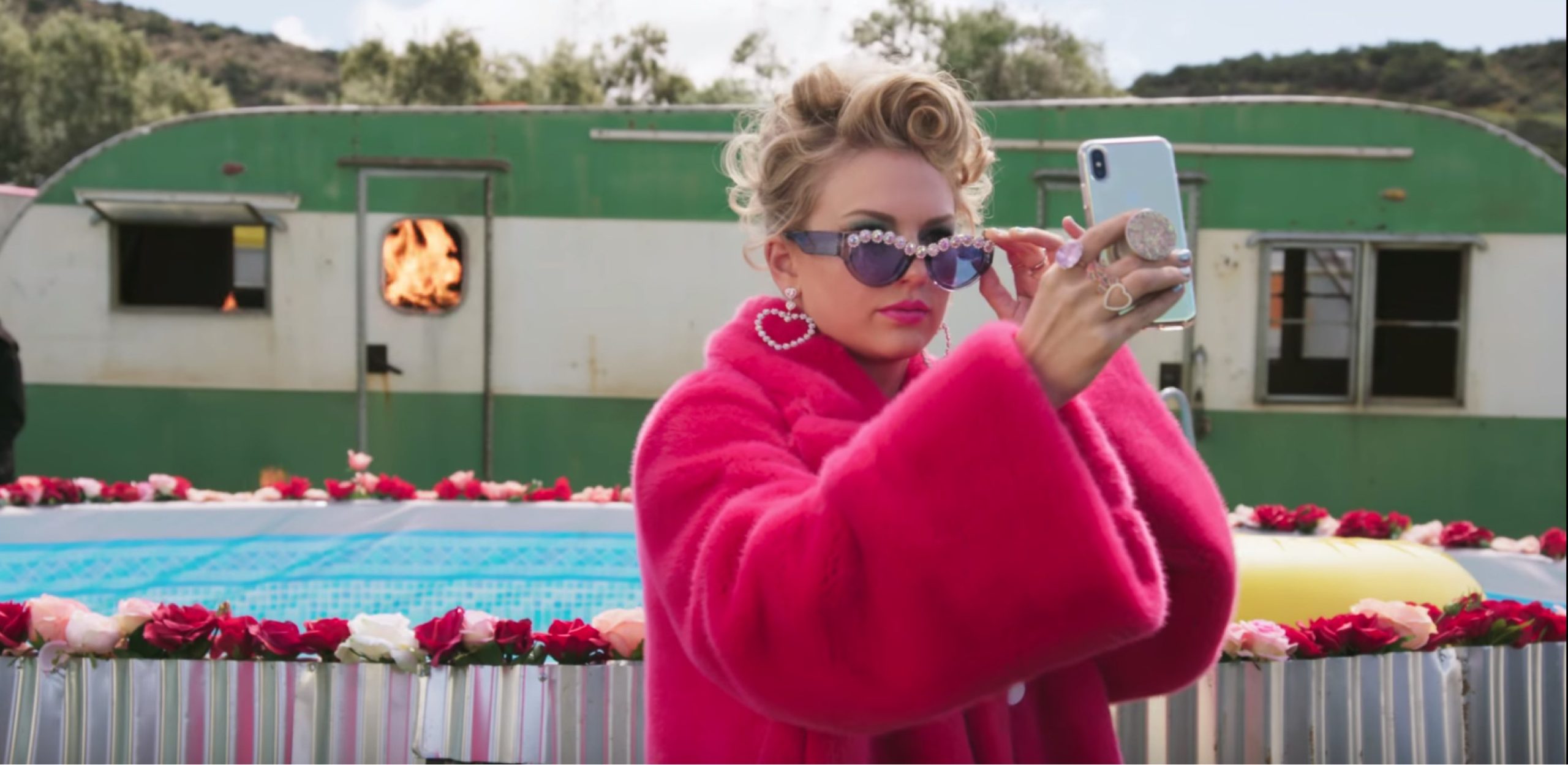
As reflected in the lyrics of “Happiness,” Evermore marks the first new T.S. album that isn’t a completely new era. Billed as the “sister album” of Folklore, it complements its predecessor but doesn’t repeat. It has a more wintry and warm aesthetic and a different, more rhythmic sound palette. Some critics and fans note the newer album as more “experimental” or more “produced.” Personally, it’s clear to me that songs like “Happiness” and “Tolerate It” could be straight off of Folklore, while others like “Closure” and “Coney Island” cohere less with Folklore‘s usually dulcet, indie-pop melodies and are more alternative and percussive.
A Return to Country
Evermore is more than just a copy of Folklore. It’s truly an album that highlights Swift’s talents at large. It’s a masterful display of her versatility, and it reminds me of what we saw in her, to begin with, before the epic concerts and grand music videos. Evermore and Folklore‘s minimalism is a reminder that underneath all of the glitter and gossip is just a girl from Pennsylvania who really likes to write music. I think this effect is largely due to her return to country.
Swifties freaked out when Folklore‘s “Betty” marked her return to country, but there’s also a whole group of newer listeners who haven’t yet been exposed to country Taylor. After the artist fully transitioned to pop with 1989 in 2014, she rose to the mainstream but also lost some loyal country listeners in the process. Although her lyricism and guitar skills are still highlights on her pop albums, it really wasn’t until the opening harmonica on “Betty” that her country roots really started showing. Evermore‘s country influences are even more prominent. Fan favorite “No Body, No Crime” is an epic contemporary country piece. Plus, “Cowboy Like Me” and “Dorothea” are just about as country as her debut album.

So, for those who’ve been hoping for the day that she returns to country, this is an exciting new album. It’s not “the old Taylor” exactly — although the re-recordings of all of her old music is coming — but the country elements are undeniable on Evermore among the pop, alternative, and indie-folk. A few songs have even made it onto country radio, including hits “Betty” and “No Body, No Crime.” She’s come back to country even stronger than when she left.
The Nostalgia Factor
Overall, though, Evermore is unbound to any genre, which allows for Taylor’s maturity, growth, and genius to flow freely. In addition to country flashbacks, there are also many nods in the new album towards earlier eras and albums. Ironically, Swift has taken to social media with the words “not a lot going on at the moment” before the release of both Folklore and Evermore, but the phrase itself is a recall to the shirt she wore in the music video for “22” from RED, for example. And personally, I think “Long Story Short” could be straight off of RED with its familiar reverbing effects and quick-witted dialogue.
It’s exciting to get new content and compare it to her older work. Many tech and music-savvy fans on TikTok have taken to mashing together various Swift songs, especially mixing eras. If you have yet to hear the “All Too Well” and “Champagne Problems” mashup — or the “Getaway Car” and “August” mashup — you need to go listen now! I think the creativity and fan excitement around mashups and comparing each era really demonstrates how it’s possible to embrace the new material without losing your passion for the earlier stuff.

It’s true — I used to be very loyal to the earlier albums. But they aren’t going away. If anything, with the much-anticipated re-records, they’re coming back. Also, let’s not forget that “Love Story” was literally trending on TikTok this summer, a full eleven years after it premiered on Fearless. It’s no secret to listeners that her songwriting genius was in full-effect in her teens. I love Fearless and Speak Now with my whole heart, but Folklore made me realize that although some of her early work — such as the iconic-as-ever “Love Story” — is remarkable, her newer work is just as brilliant in its own right.
A more thorough look at other pieces makes me question whether my nostalgia and loyalty to the old stuff is causing me to favor it over technically better, more mature pieces in her recent work. It’s true — songs like “White Horse” and “Back to December” and “Style” and “Tim McGraw” and “All Too Well” are iconic. So will I stop listening to them ever? Definitely not. But they each had their own glorious, resonant moment in time. It would be silly to let loyalty to those songs get in the way of new, amazing music finding a place on my playlist.
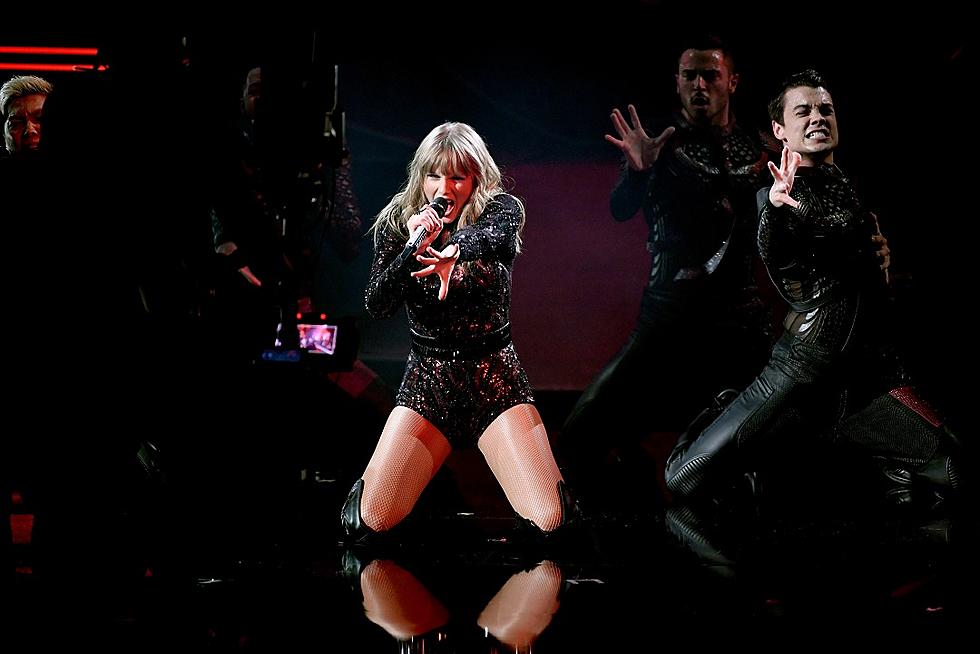
I mean, could Speak Now era Taylor have written “Marjorie” or “Coney Island?” They come from a perspective of such profound growth and maturity, reflecting on the ugly truths of the past in ways I don’t think a younger Taylor would have chosen to write. We’ve always appreciated Taylor’s boldness and vulnerability, but I think on Evermore, we hear her exposing herself with a new kind of vulnerability. Overall, with Evermore, while I’m thrilled to find hints of her earlier work that tug at my heartstrings a bit, I might even be more excited to hear her go places sonically and lyrically that she’s never gone before.
New Classics
Fans quickly took note of Evermore‘s second track that was co-written with Swift’s boyfriend, Joe Alwyn. A story song that uses little production and elegant piano, “Champagne Problems” became an early favorite among Swifties. Arguably, the bridge is as dramatic and genius as “All Too Well,” but there’s something to the song’s narrative that makes it unique. Perhaps it’s the humility and sophistication of the narrative that offers a fresh perspective on ending relationships. It’s a new Swift classic for sure if TikTok’s obsession with it is any indication.
Other favorites that are taking off include “Ivy,” “Willow,” and “No Body, No Crime.” But, if my tier list project is any indication, fans will always have favorites and the songs they relate most to. Evermore is simply expanding that canon, as Folklore did before. Mere months after its release, I could hardly imagine my Spotify without “August,” and I think a lot of Swifties are in agreement. Maybe a few months from now, we will say the same about “Ivy” or “Tolerate It”!
Collabs
Another exciting component of Evermore are the collaborative pieces. Bon Iver rejoins Taylor on the title song “Evermore,” The National joins on the haunting “Coney Island,” and Haim joins on “No Body, No Crime.” Marcus Mumford is also a backing vocalist on “Cowboy Like Me,” and Swift’s own late grandmother can be heard on the tribute song “Marjorie.” It’s thrilling, especially in this time of isolation, to hear artists collaborating. But the choice of guest artists is also genre-bending and groundbreaking in its own right. A year ago, we would have laughed at pop princess Taylor Swift working with Bon Iver, but it works so well!
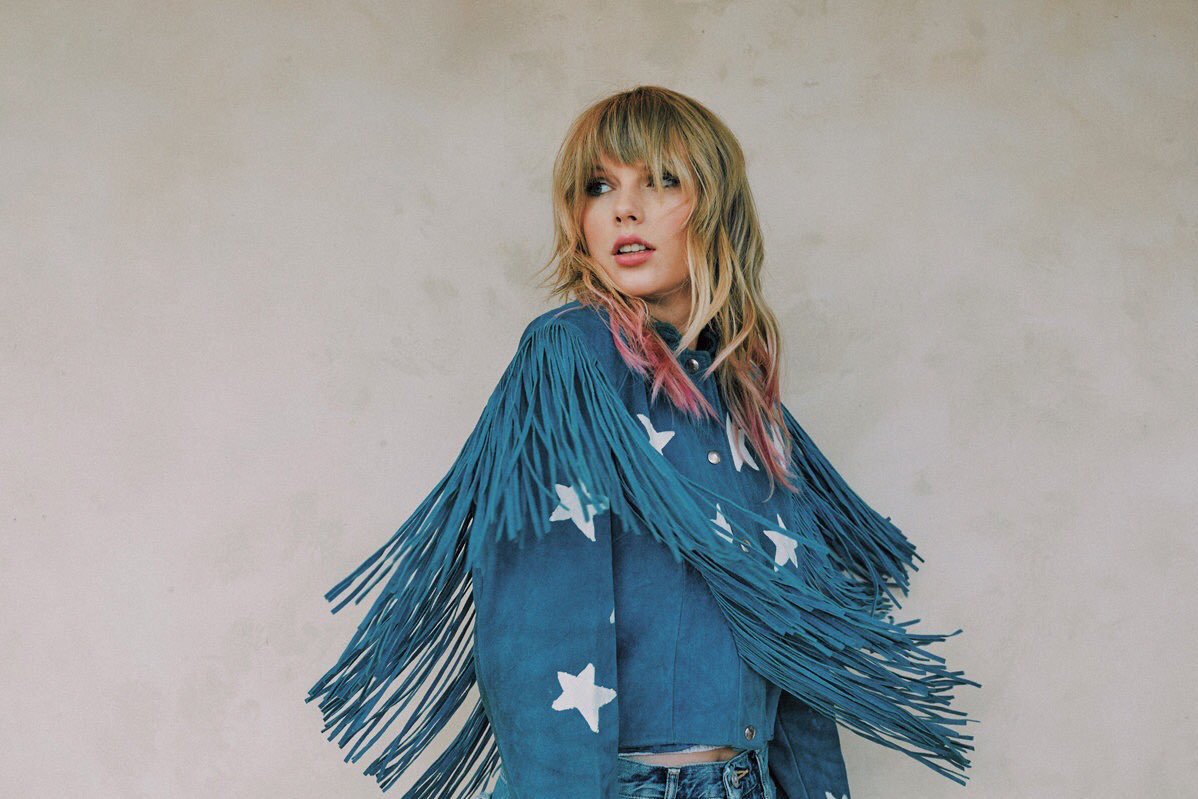
However, Taylor isn’t new to collaborating on her albums. She’s got a whole list of brilliant collaborations in her repertoire. One of my absolute favorite Taylor Swift songs is RED‘s “Everything Has Changed,” which featured her close friend Ed Sheeran. Recently, she worked with One Direction’s Zayn Malik on “I Don’t Wanna Live Forever.” The unforgettable and heartbreaking “Soon You’ll Get Better” on Lover features The Chicks, and I will always have a soft spot for “Breathe” with Colbie Callait on Fearless. And at this point, it’s just a staple that Bleachers lead singer Jack Antonoff is a regular on Swift’s album credits.
Nonetheless, Evermore is an unprecedented amount of A-List collabs. It’s a stacked line-up, and fans speculate that some of the featured artists might join her on tour… whenever that can happen safely. And if it’s true that Folklore and Evermore producer-cowriter Aaron Dessner of The National and Taylor have discovered a magical partnership, it might indicate that Swift sees more of a future for such collaborations. I, for one, am still waiting on a Selena Gomez and Taylor Swift duet.
Story Songs
Of course, Taylor has always been famous for her story songs. Some story songs, such as Speak Now‘s “Mine,” tell the story of Swift’s own relationships. Even when songs are not about her own personal life, though, she’s always had a talent for weaving a narrative efficiently while still leaving in specific details that color the piece with the truth. Evermore has loads of wonderful stories.
“No Body, No Crime” and “Champagne Problems” are the most obvious ones, with clear character perspectives and plot moments right off the bat. They utilize fiction and drama but still are achingly truthful and real. Bonus track “Right Where You Left Me” is also a great example, using the metaphor of a girl frozen in time to craft a nearly mythological piece at face value but ridiculously relatable. Some are more explicit, more dramatic, but essentially, every song is a story with its own unique perspective.

For example, Evermore‘s “Willow” is a romantic love song at first listen. However, Swift revealed herself in a live chat that the song is based on the idea of “casting a spell to make someone fall in love with you.” The song definitely takes on a different meaning in that light. It’s not just a loose poem of emotions — it has a distinct narrator with her own objective and perspective. It’s still theatrical, albeit less overtly dramatic as something like the satirical”Look What You Made Me Do.”
Evermore‘s best feature is Swift’s ability to be vulnerable and express herself truthfully while still utilizing fiction and mystery and characterization to share that. The emotions are there, raw and real as ever, but the flawless use of storytelling devices adds a layer of whimsical and brightness to it. It fits right into my Spotify playlist of every Taylor song ever, and I know that more than a few songs will remain at the top of my tier list for a very long time.
